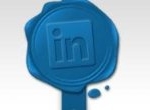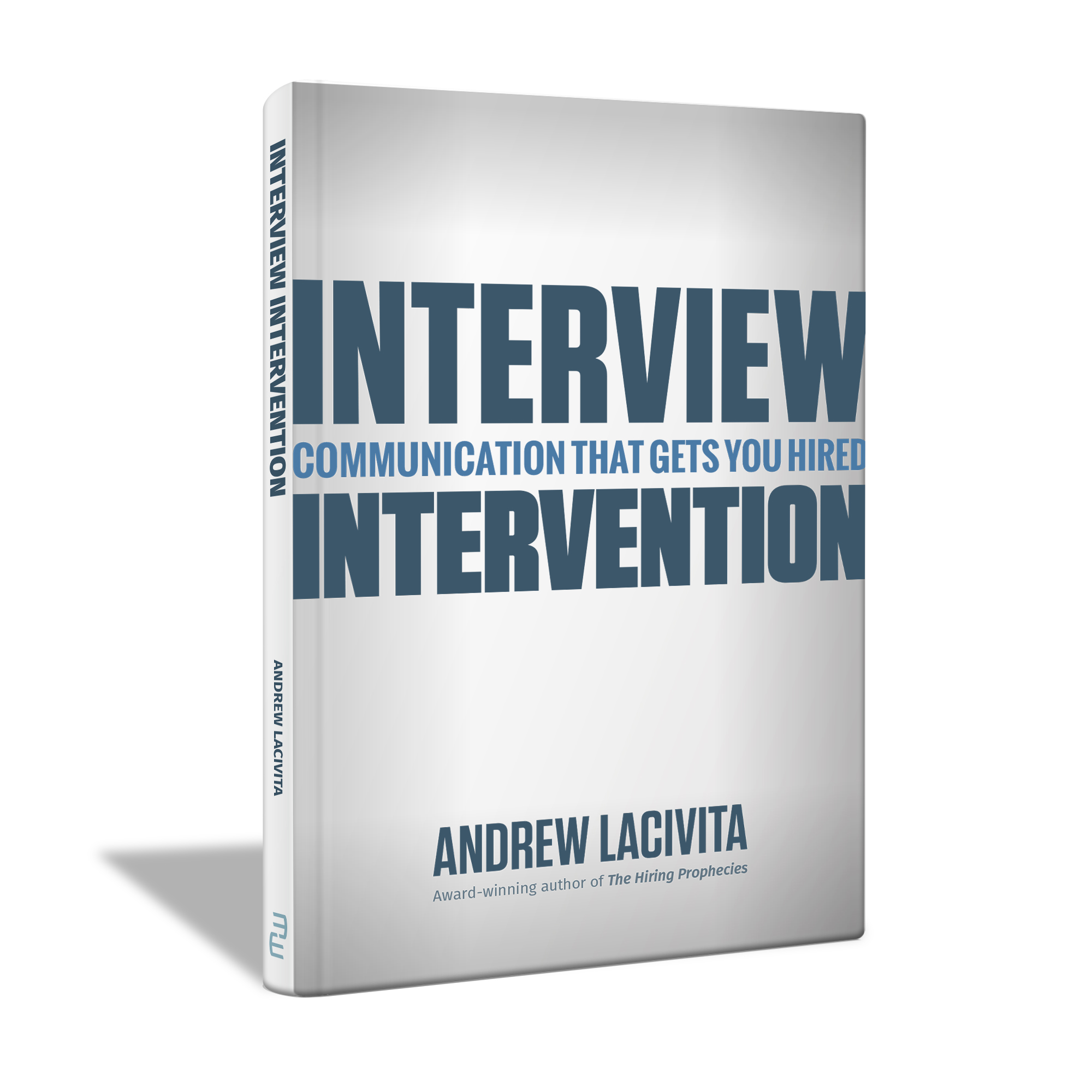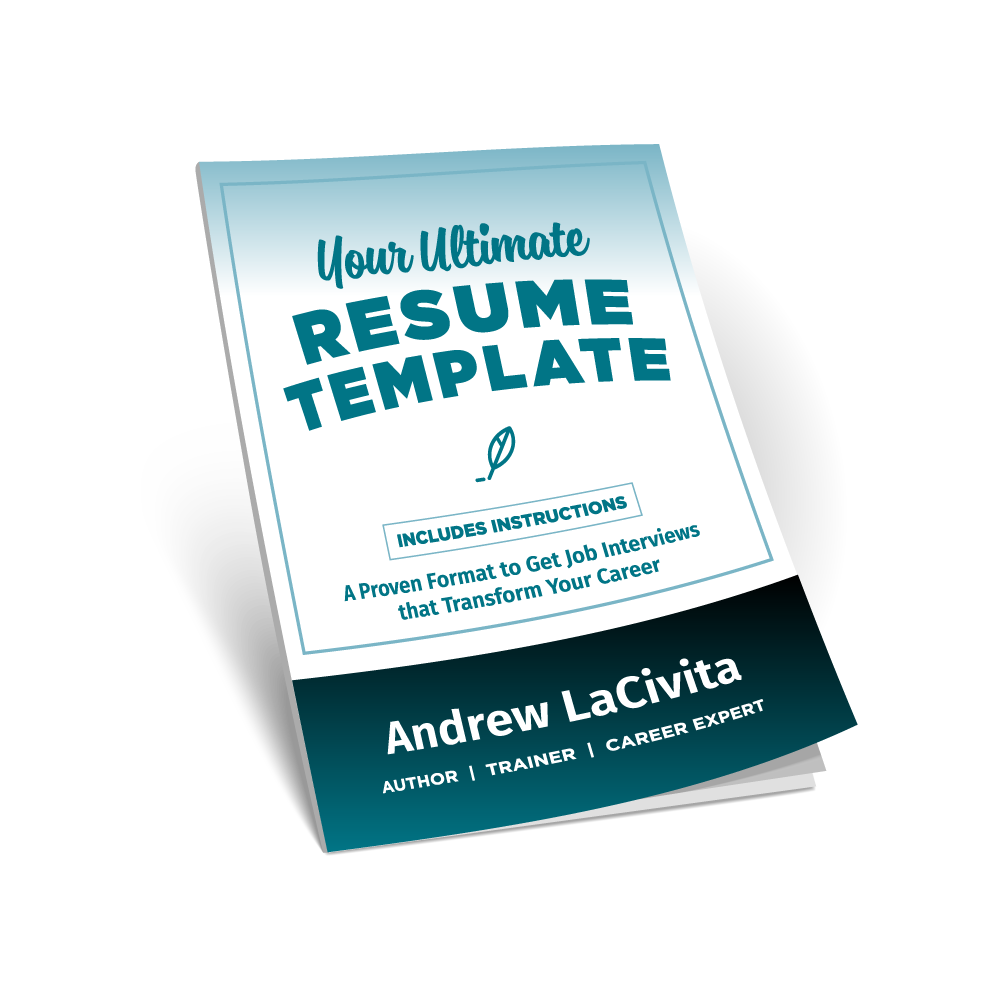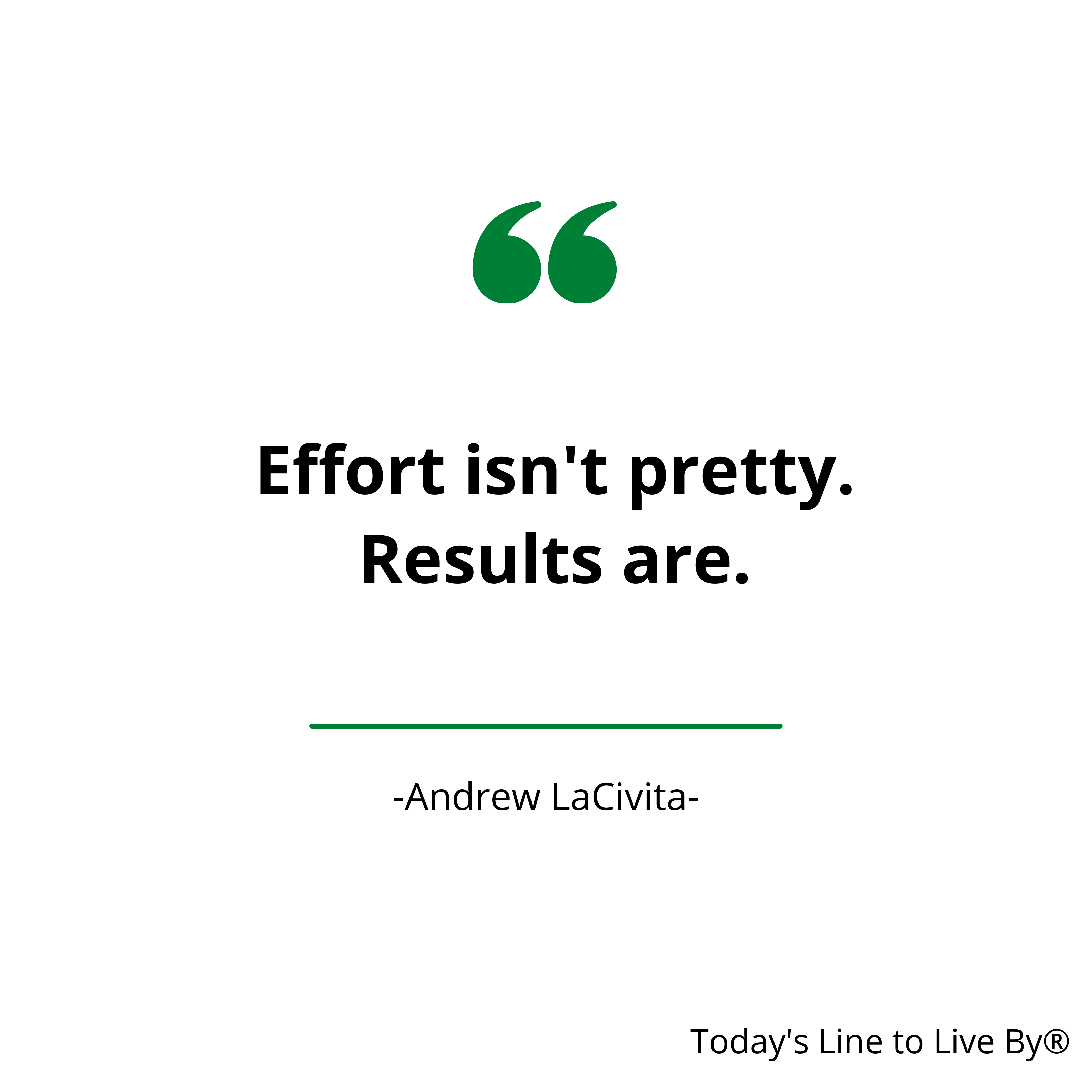I’ve been blogging for a number of years and in 2012 wrote A Resume Quickie regarding the stylistic Dos and Don’ts of resume writing. At that time, the only two people that read my blog were yours truly and my mother (because she does, in fact, love me that much).
Thanks to an article I released last week via LinkedIn called The Art of a Successful Job Search, A Resume Quickie was the beneficiary of many eyeballs. Where there’s traffic there’s interest and if it’s important to you it’s important to me. So, here is another look at resume writing for winners.
First, note the title of this post—How to Write a Resume That Gets You the Job Interview. It’s technically accurate. Your resume does not get you a job. YOU get you the job. Your resume gets you the job interview. In fact, your resume is nothing more than an attraction device, albeit an important one.
Since I pride myself on being an “entrepreneurial matchmaker” or “acquaintanceship artist” if you will, I’d like to use an analogy along those lines to help you understand the emotional side of what you want to happen when someone reads your resume.
It’s like trying to find that wonderful relationship (your future employer) in a crowded spot (large pool of resumes, eh, job candidates). Since half the world performs their day jobs while sitting in Starbucks, follow me through this coffee shop example.
You’re standing in the coffee line when in walks the man of your dreams. There he stands 25 feet away as he opens the door. He looks cute from afar. You need to see him up close. You watch as he approaches. His physical features come into view. From the moment he stands next to you, you want to hear words come from his mouth so you can determine if there’s any substance behind his charmingly good looks. When he stops speaking, you’re certain you want him to ask you for a date.
Does your resume elicit this type of build up when an employer reads it? If not, you don’t get the date (uh, job interview).
How do you write a resume that attracts?
You need to immediately entice the employers. You need them to keep reading. You need them to remember you. It starts with instant attraction and then substantiation. Here’s how…
For 90% of the world, irrespective of profession or level of experience, there are four or five key sections to include in your resume. I repeat, for most of the world and this also goes for anyone who’s been working for two years or twenty years.
Career Profile. This is your version of the 25-foot stare. There you stand far away and they can only get a glimpse. It’s the first thing they see. Shout out the two or three sentence summary of your entire work life—in aggregate—so the employer gains a readers-digest version of who you are.
This is what you’ve done and what you can offer. This plants the figurative two-adjective descriptor in the employer’s mind they’ll use to remember you (think “tall, redheaded model”). This section is not what you want. I cringe every time I see an Objective Statement at the top of a resume serving as my cue to drop it into the (email) trash.
Aggregate. Aggregate. Aggregate. You know what aggregation does? It shows overall magnitude. You’re the experienced sales professional who has sold $80 million dollars in software services or the restaurateur who managed 14 restaurants nationally serving 800,000 customers within the last two years or the accounting professional who has mapped debits and credits for companies whose revenues total $900 million.
Don’t have 10 years of work experience to aggregate? Are you the 24-year-old software programmer who helped build his company’s order entry system? You know, the one that cost $2 million dollars to implement. Then your profile might sound like, “Multi-year software development engineer with specialties in design, development, testing, and implementation of complex applications supporting order fulfillment.”
The point is to roll up your career so the employer can read your entire work life in 10 seconds and then decide if it’s enticing enough to keep reading.
Title the section however you see fit—Career Profile, Career Summary, or any variation thereof. The most important aspect is to show the overall magnitude of your accomplishments.
Career Highlights. This brings into view your wonderful features that give the employer a sense of your most brilliant accomplishments. I suggest identifying three because, candidly, people like things in threes. For some reason boom-boom-boom feels better than boom-boom or boom-boom-boom-boom. It’s a Goldilocks thing. It even felt better as I was typing all those booms.
These are special notes across your career that bring the most pride. They do that not because of what you did, but because of the value you contributed to your company, your customers, and any beneficiaries.
This is different than the Career Profile, which simply encapsulates who you are. Your Career Highlights section is the summary of your key accomplishments. Identify them in terms of benefits—revenue generated, cost saved, processes optimized, new products created or maintained, services performed, and anything that contributed value to the world. You want to answer the question, “How has the world benefited from my professional existence?”
Work Experience. This is the substance. You now get to “open your mouth” and share your story “in detail.” I realize you’re all complex creatures evolved from many challenges and experiences, but please refrain from regurgitating it all here.
The Work Experience section should be formatted in reverse chronological order starting with your most recent company. Within each company, identify the positions you held, along with their respective time periods. Employers like to see progression according to time.
You should also stress your accomplishments more so than your daily activities. Simply seeing what (activities) you’ve done is not nearly as enticing as seeing context related to the benefits you achieved (accomplishments).
Education. You’re now putting on the finishing touches. Education can include anything from your degrees, the respective schools you attended, training classes, certifications, and so forth. If you are a high school or college student seeking your first full time position, place your education at the top of your resume. If you are anyone else—I mean anyone else—the education goes at the bottom. If you’re uber proud of your higher degrees or professional certifications (MBA, CPA, etc.), I’ll relent a bit and say toss them at the top next to your name.
Other. Depending on your profession and extracurricular activities, there might be some other notables to include in your resume. These might include significant charitable or volunteer work, Board of Director appointments, and so forth. Simply add them at the bottom. A word of caution, however, is to make sure they are necessary from a professional standpoint. I recommend leaving off activities or hobbies that are irrelevant.
I realize your resume style will vary based on profession. I’m certainly not trying to cover the entire world in a thousand words, but I think the key sections I cited will be universal for most.
To cap it off, here are three Dos and Don’ts that seem to surface often. You only get three because, well…
Objective Statements. These should never be found on a resume of any kind for any reason. Period. The resume is about what you offer, never about what you want.
Resume Length. For students attaining their first job or employees in the early part of their careers, the resume should be one page. For anyone else, the resume can be up to two pages. I don’t care if you invented water or have been working for 50 years, keep it to two pages or less. That means Two. Due. Dos. Zwei. Anything more than two pages is insulting to the employers and doesn’t respect their time. If I can sum up my entire 26-year-professional life in 23 words, you can do it in two full pages.
Color. This means ink or paper—black for ink and white for paper.
For additional style pointers, please review A Resume Quickie.
Happy Resume Writing!









Leave A Comment